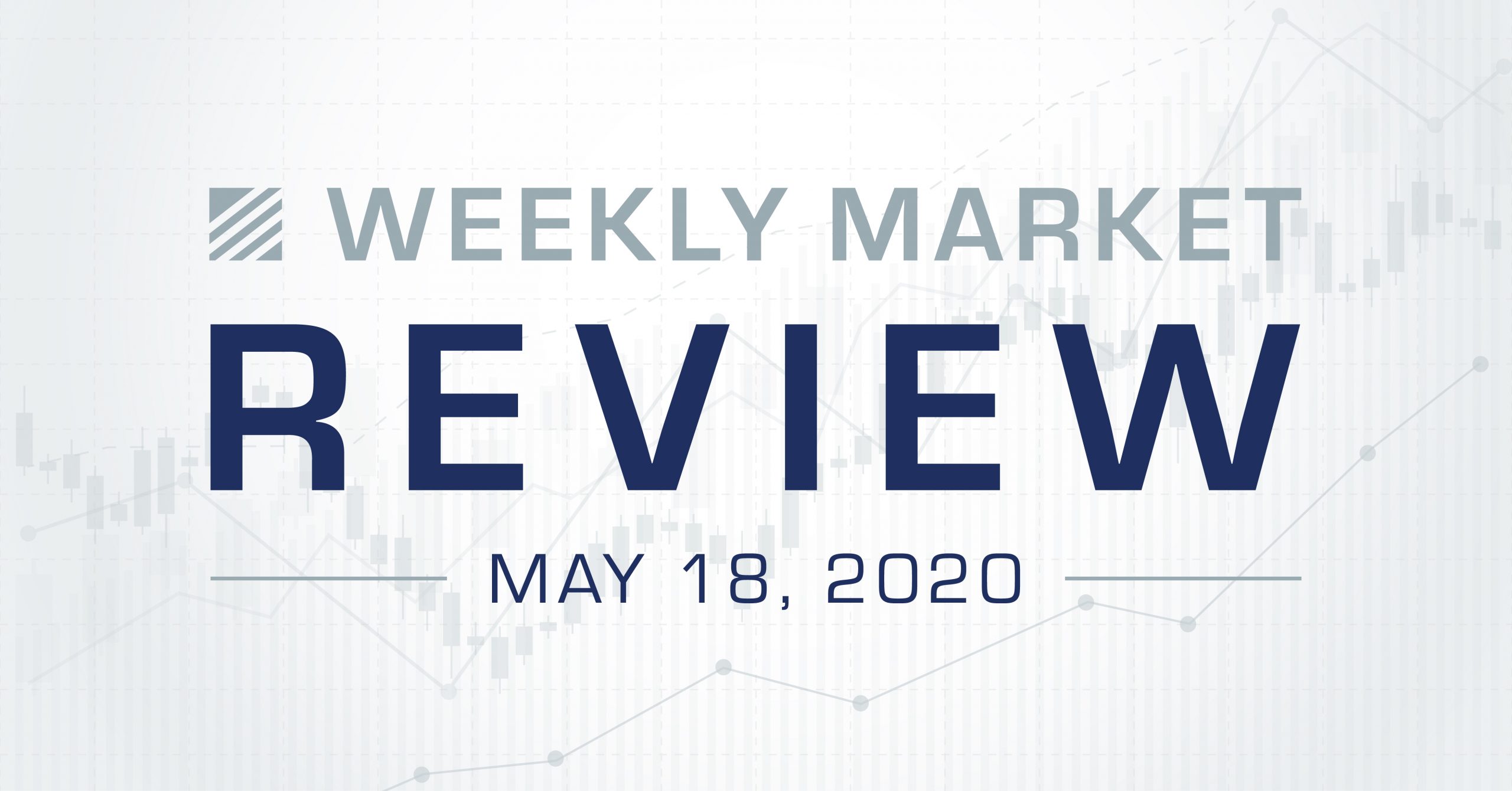
Cautionary economic narratives from the Fed echoing the need for additional stimulus alongside continued anxiety over both the act and pace of reopening economies and another small dose of U.S.-China trade rhetoric wore on risk markets last week. Risk assets including global stocks (-1.5% to -2.5%) and high yield bonds (-1.0% to -1.5%) softened while appetite for safe-haven U.S. Treasuries and U.S. dollars pushed them into the black for the week. Commodities benefited once again from a recovery in oil prices which were up another 20% last week, and 50% over the past three weeks but industrial metals softened in sympathy with risk assets and gold added 1.84%.
Market Anecdotes
- Bottoming of activity, at least for now, has become apparent with reopening initiatives translating to data based evidence of activity including L.A. area smog back to normal levels, YoY consumer spending moving from -30% to -20%, increasing GPS map requests, and a recovery in gasoline demand.
- High frequency indicators of small business health show only 40% have enough cash on hand to keep open for the next month, 11.5% reported missing a loan payment, 24% reported missing other payments.
- How long will a pandemic induced recession last? There aren’t many examples to draw upon. The 1918 Spanish Flu recession was the second shortest recession over the past 120 years at seven months and the long-term average is fifteen months.
- The WSJ monthly survey of economists forecast 2020 GDP at -6.6% along with annualized GDP of 9% in 3Q, 6.9% in 4Q, and a 17% unemployment rate in June.
- Bespoke noted that, in aggregate, street analysts see U.S. public companies cutting Capex by 13.2% versus 2019 levels.
- House Democrats rolled out a fresh new $3 trillion stimulus package designed to provide relief to state and local governments, additional household stimulus, and more CoVid-19 oriented investment.
- The U.S. Treasury announced receipts declined 55% YoY, the most on record, and a YoY spending surge of 175%.
- U.S. Treasury held the largest ever 10yr auction on Tuesday ($32b), with strong demand at 0.70% yield. Bid to cover ratios has been in line with historical averages the past few months.
- Last week’s busy Fed speaking circuit carried tones of downbeat economic outlooks, a need for more fiscal stimulus, no expectations for NIRP in the U.S., and potential increases in bank reserve capital placing future bank dividends in question.
- The Fed started purchases of corporate bond ETFs for the first-time last week, buying $300mm worth in the first day.
Economic Release Highlights
- The bar set for April retail sales wasn’t low enough (-16.4% vs -12.0%) and March was revised down 40bps to -8.7%.
- April CPI was in line with expectations at the headline level (-0.8%M/M) and weaker on a core basis (-0.4 vs – 0.2% M/M). Annual headline and core figures of 0.3% and 1.4% were both meaningful drops from the prior month.
- Last week’s new jobless claims of 2.981mm remained staggering but is, at least, slowing down.
- NFIB Small Business optimism beat (90.9 vs 83.0) but still fell sharply from last month’s 96.4 reading.
- Preliminary UofM reading on consumer sentiment of 73.7 came in ahead of expectations for a fall to 68.0 and was actually up from last month’s 71.8.
- April’s -11.3% reading on industrial production gets the ‘worst’ release of week award, an all-time low mark on a data series that goes back to 1919.

